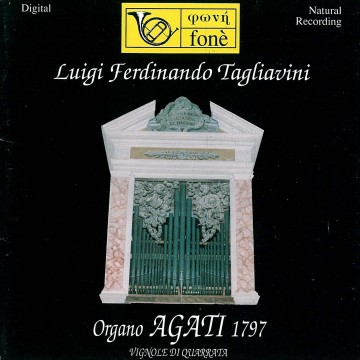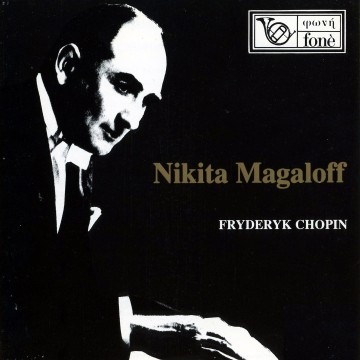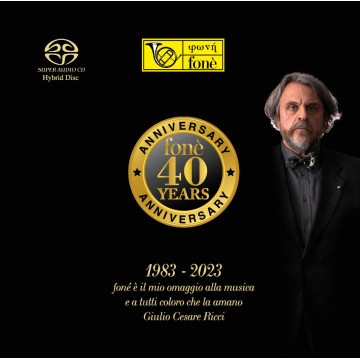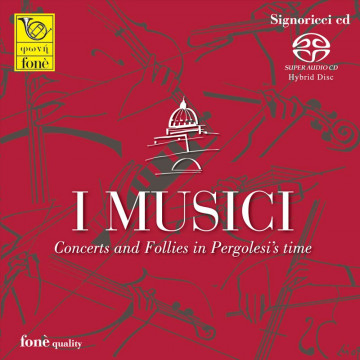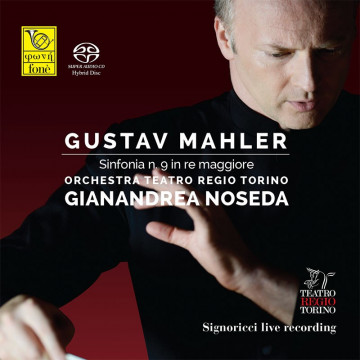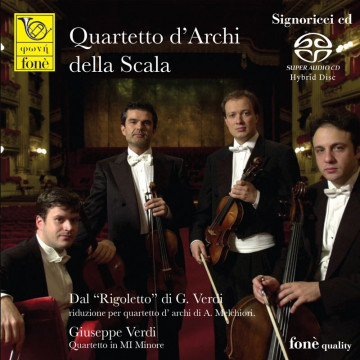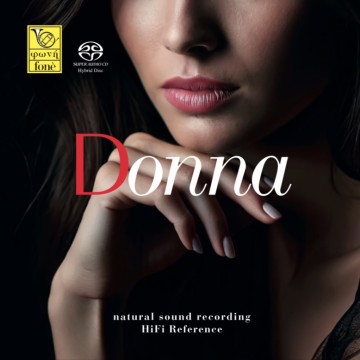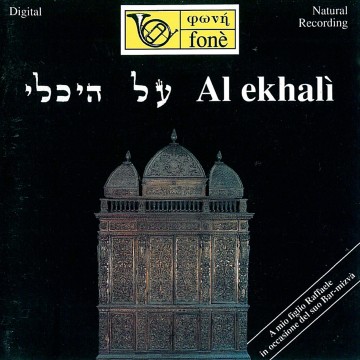Al ekhalì (High Resolution Audio)
Alekhalì
Canti della nazione ebrea di Livorno
Alekhalì
Canti della nazione ebrea di Livorno
Achotqetannà [5'50"]
Qaddish [3'42"]
El NoràAlilà [6'49"]
Lemìevkè [4'10'']
Be-lel ze ivkajun[8'15'']
Al Ekhalì [6' 40'']
Yetomimhaynu be-ereznokhrijà[6' 50'']
Li-shkhinàaletà [4'10'']
Al shèverbatammì essa qinà [6'30'']
Durata totale: 56'46''
RECORDING DATA
Recordedat “Oratorio Marini Livorno”
Recording date Sept. 1990
Recording supervisor and sound engineer Giulio Cesare Ricci
Editing Michele Lippi
General producer Giulio Cesare RicciProduçerassistantAlessandro Filippi
Music consultantFulvio Venturi
English translation Daniela SafrattiMosseri
Photo Foto Arte - Livorno
Tube microphone Neumann U-47
Digital tape recorder Teac R-1
Pre-amplifier Cello Audio Suite
Power amplifier Cello Performance Amplifier
Monitor speakers Cello Amati Speaker System
Cable Cello Strings Cable
Un ringraziamento al Prof. Nello Pavoncello e ad Angelo Piattelli per la preziosa collaborazione; un ringraziamento particolare al Dott. Isidoro Kahn, Rabbino della Comunità Ebraica di Livorno.
In copertina: ARON (armadio per i rotoli della TORA'). Legno dorato, fine XVI secolo. Livorno, Comunità Ebraica.
In this record, Daniele Bedarida sings melodies typical of the Leghorn Lithurgical tradition - as we know, the Synagogal chant was, as a rule, handed down orally and in this way he learnt these melodies from the live voice of his Grandfather, the Rabbi Alfredo S.Toaff and from the choristers who sang in the Leghorn Temple.
A hundred years ago, Federico Consolo fearing perhaps that such a heritage would be lost with the passing of time, did important work for the preservation and the knowledge of the saphardic Leghorn tradition of the Synagogal Melodies in a score which is now invaluable. He did this when the lithurgical chant had reached its utmost splendour: a great choir accompanied by a monumental organ sang the traditional melodies dating back to the XVI Century.
They also sang more modern works by Maestri such as Garzia, Bolaffio and Ventura, with a clearly romantic modulation. These composers enriched the already great musical heritage of the Leghorn Temple with their versatility.
Therefore we must give credit to Federico Consolo for preserving a melodic set of great interest for the generations to come.
The present recording completes and integrates Consolo's collection, presenting some melodies which were not included. However, the following pages written by the great Hebraist David Castelli as an introduction to Consolo's work can clarify the complex framework of synagogal music better than I can.
Paola Bedarida
President of Jewish Community
Livorno
Data sheet
-
 Native Dsd
Native Dsd
- Visita il sito
-
 Qobuz
Qobuz
- Visita il sito
-
 Hd Tracks
Hd Tracks
- Visita il sito
-
 High Res Audio
High Res Audio
- Visita il sito
-
 iTunes
iTunes
- Visita il sito
-
 Amazon
Amazon
- Visita il sito
-
 7 Digital
7 Digital
- Visita il sito
-
 Tidal
Tidal
- Visita il sito
-
 Deezer
Deezer
- Visita il sito
-
 Spotify
Spotify
- Visita il sito



